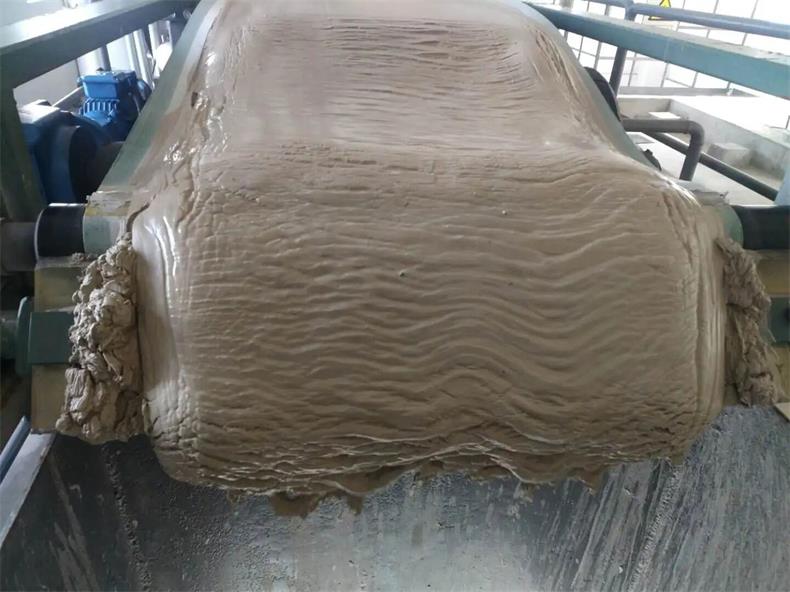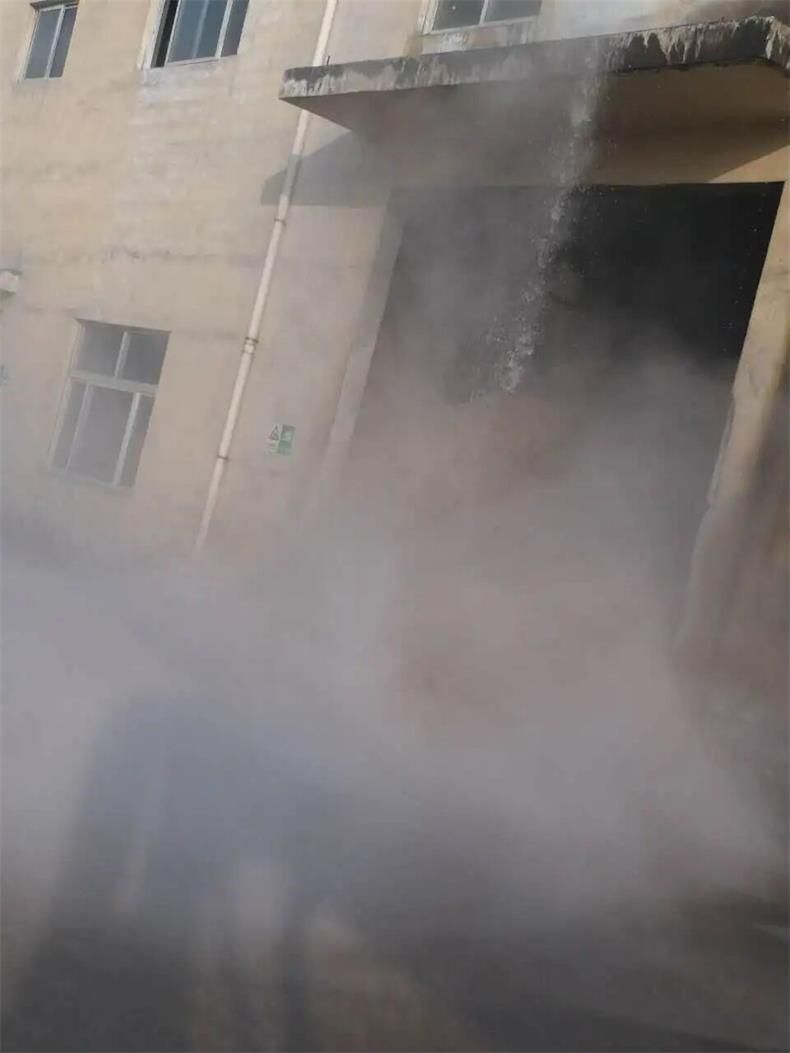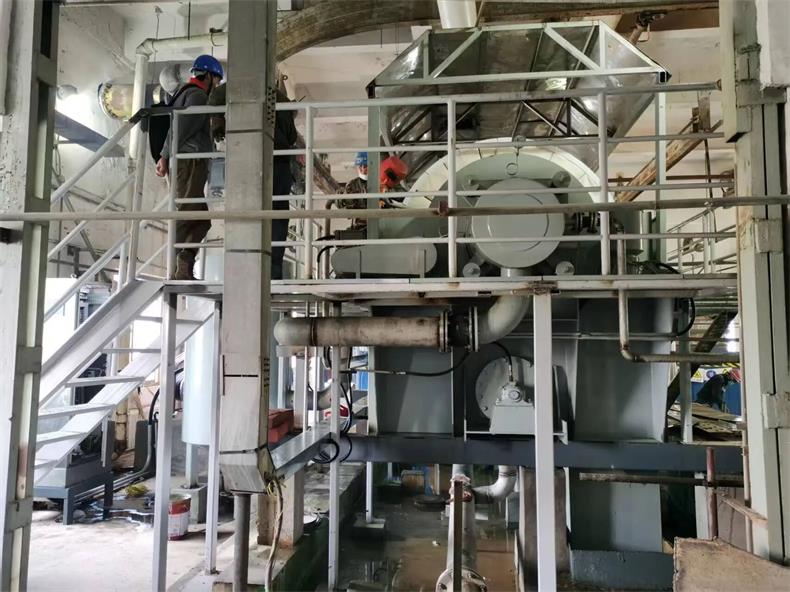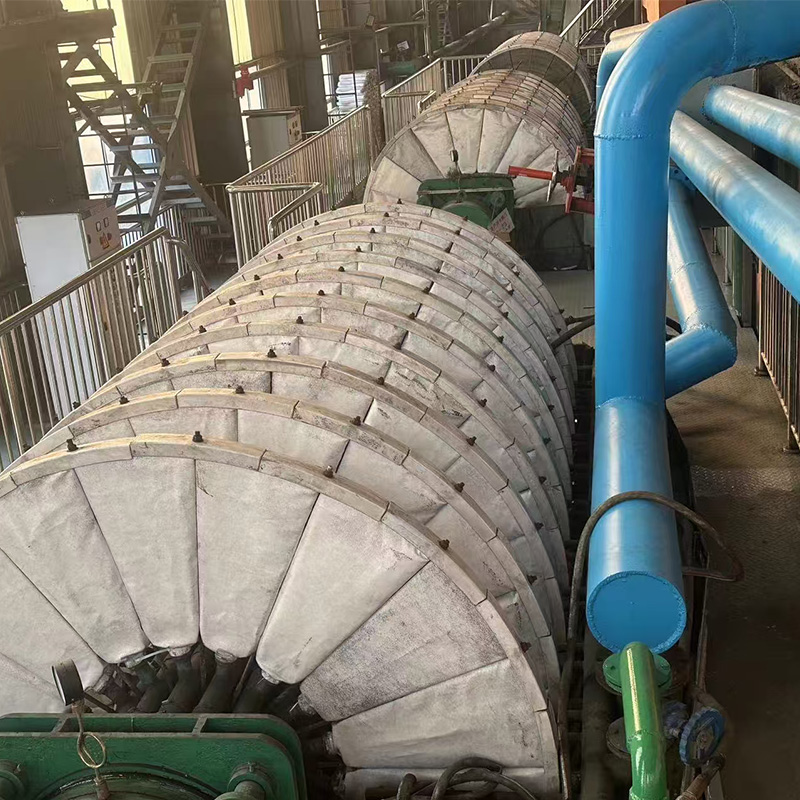As a key link in the wet desulfurization process, the performance of the gypsum dewatering system not only affects the quality and resource utilization of desulfurization gypsum, but also is an important guarantee for enterprises to achieve environmental protection compliance emissions and reduce production costs. Although the vacuum belt dewatering machine commonly used in the current industry is technologically mature and widely applied, it has exposed technical bottlenecks such as high energy consumption, frequent maintenance, and insufficient adaptability to material changes during actual operation, which restricts the full play of the overall efficiency of the desulfurization system.
Through on-site investigations of multiple domestic coal-fired power plants and long-term operation data analysis, it was found that the traditional gypsum dewatering system mainly has the following technical difficulties and production process pain points:
1. The system's energy consumption remains high, and the pressure on operating costs is significant
2. The consumption of water resources is large, and the auxiliary system is under heavy burden
3. The equipment occupies a large area and the infrastructure investment cost is high
4. It is sensitive to changes in material properties, and the process stability needs to be improved

5. The maintenance workload is large, and the continuity of production is easily affected
6. The working environment is harsh, and the occupational health risks cannot be ignored

In response to the technical bottlenecks and production pain points existing in the above-mentioned traditional dehydration processes, the industry is actively exploring more efficient dehydration solutions. The new type of dewatering equipment represented by filter cloth dewatering machines has achieved a comprehensive improvement in dewatering efficiency through structural design and process optimization. This technology demonstrates significant technical advantages in the following aspects:
1. Energy efficiency optimization: System energy consumption has been significantly reduced, and operating costs have been notably improved
2. Spatial optimization: The occupied area has been significantly reduced, and the economic benefits of the renovation are outstanding
3. Material adaptability: Enhanced process stability and diversified processing capacity
4. Environmental friendliness: The working environment has been significantly improved, and occupational health risks have been reduced
5. Vacuum system optimization: High vacuum degree utilization rate and better dehydration effect
6. Optimization of operating costs: Maintenance costs are significantly reduced, and the benefits throughout the entire life cycle are enhanced
7. Maintenance convenience: Small maintenance workload and high operational reliability

Technical application prospects and development suggestions
1. The continuous deepening of energy efficiency improvement technologies
2. The improvement of the intelligence level of equipment
3. Expansion of complex material handling capacity
4. Optimization of full life cycle cost control
Summary of technical application value: The promotion and application of the new filter cloth dewatering technology can not only effectively solve the technical bottlenecks existing in traditional dewatering processes, such as high energy consumption, high water consumption, frequent maintenance, and poor adaptability to material changes, but also create significant value for enterprises in terms of energy conservation and emission reduction, lowering operating costs, and improving the working environment. For coal-fired power plants that are considering technological upgrades or new project construction, this technical solution is worthy of in-depth study and practical application.
It is recommended that industry users, based on their own process characteristics and actual needs, select the most suitable dehydration system solution through technical comparison and on-site verification, taking into account multiple factors such as energy efficiency indicators, investment costs, maintenance convenience, and environmental impact. Against the backdrop of increasingly strict environmental protection requirements and constantly rising operating costs, adopting efficient, energy-saving and environmentally friendly dehydration technologies is not only a need for enterprises to fulfill their social responsibilities, but also an important way to enhance their competitiveness.
